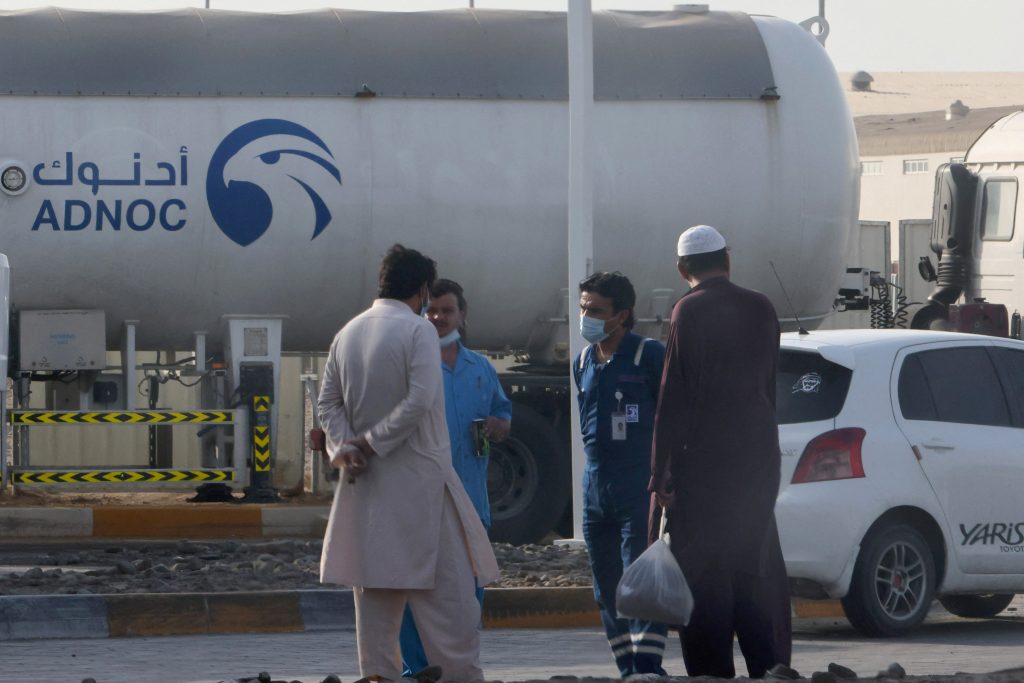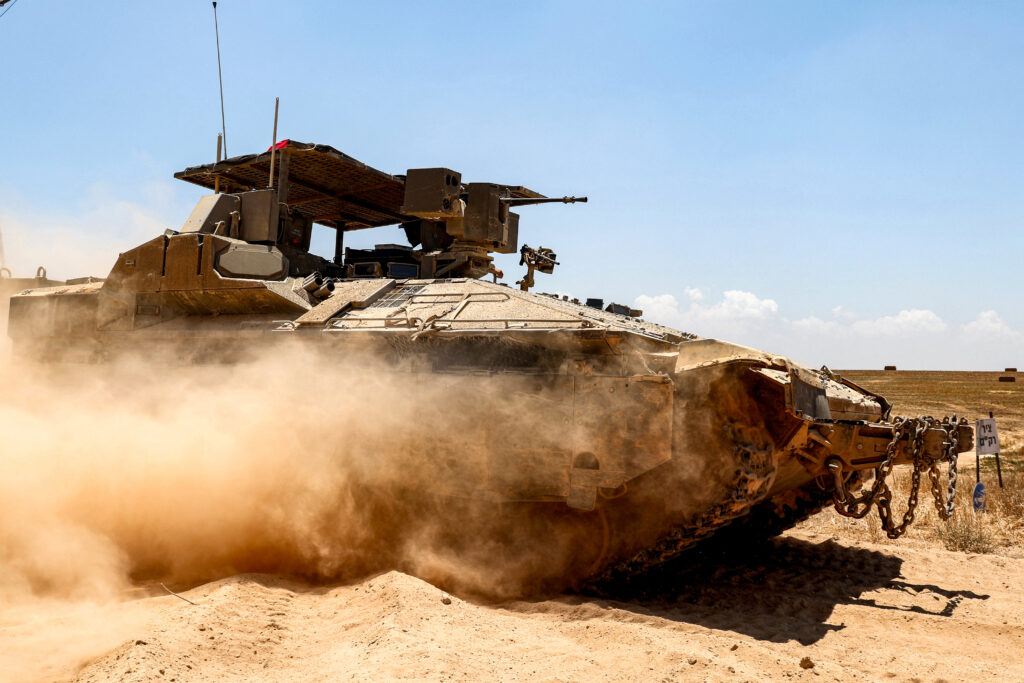Drone Strikes Leave the UAE Between a Rock and a Hard Place
- - January 19, 2022

By Alessandro Arduino, Principal Research Fellow, MEI-NUS
This week brought a new reminder of the havoc that can be caused when cheap, easy-to-operate, and readily-available weapons fall into the hands of those determined to use them for maximum effect. On 17 January 2022, drones deployed by the Iran-backed Houthi rebels blew up oil tankers in the UAE, killing three people. Drone strikes were also suspected of being the cause behind a small fire at Abu Dhabi International Airport. The blaze might have been minor, but the psychological impact of a strike on an air hub by unseen intruders is bound to reverberate.
The Houthi attacks have confirmed what is already common knowledge: Drones are the preferred tool for waging asymmetric warfare these days. But the strikes on Monday have even more ominous overtones.
Since their signature strike on Aramco oil processing facilities in Saudi Arabia in 2019, the Houthis have carried out other attacks on the Kingdom. Several attacks were carried out last year, but these were minor compared to the hit on Abqaiq, which left facilities that processed 5.7 million barrels of oil per day severely damaged and sparked a 14.6 per cent spike in the price of oil. Attacks on the UAE are, however, very rare – unlike Saudi Arabia, the Emirates are some distance away from Yemen. But the 17 January strikes clearly telegraph that the Houthis are steadily increasing their reach, and were a lightning-quick response to a recent offensive carried out by Emirati-backed militias against Houthi guerrillas in Marib, a hydrocarbon-rich area – a move of some significance: It marked the UAE’s “re-entry” into the conflict after its 2019 withdrawal announcement.
The Houthis are learning fast. They have showcased their “combined arms” capability: Earlier this year, an Emirati cargo ship was hijacked by the group in the Red Sea. The Houthis are not just adept at using flying drones – they also have the ability to wreak havoc on state actors through the use of other cheap methods: Remotely-piloted, explosive-laden boats, mines, and piracy.
Monday’s attack at the heart of Abu Dhabi showcases how the hybrid threat posed by drones is offsetting conventional military advantage and increasing the costs of defending airspace and civilian targets. The drone attack also offers some degree of anonymity for its perpetrators. Although the Houthis have claimed responsibility, the UAE authorities are still scrambling to ascertain if the attacks – or at least the idea for them – originated elsewhere.
The Houthis’ rapid proficiency in asymmetric drone warfare did not happen in a vacuum. The technology transfer and operational training for this form of asymmetric warfare could not have happened without state support, either directly from Iran or via its Lebanese proxy, Hezbollah. Moreover, following several years of conflict, the Houthis have become proficient in assembling their armed drones and planning long-range operations.
This evolution of the Houthis’ tactics – from using drones to harass the Arab Coalition troops to precision strikes on vulnerable infrastructure – amounts to remote-controlled political coercion.
The Emirates now face a conundrum: Accelerate disengagement from the conflict or upgrade its military involvement. Both decisions put the UAE between a rock and a hard place. Conceding to the Houthis is unlikely for a country which has been called “Little Sparta”, but the option of getting mired in a costly escalation is going to exact an untenable toll on lives and resources. As Saudi Arabia and others have discovered, defending against cheap drones is anything but.
The Middle East has again provided decision-makers with a case study as they assess the need for new defensive measures, and the necessity to evolve their conventional deterrence towards non-state actors and extremist menaces which are moving closer to national borders.
About the Author
Dr Alessandro Arduino is the principal research fellow at the Middle East Institute (MEI), National University of Singapore. He is the co-director of the Security & Crisis Management International Centre at the Shanghai Academy of Social Science (SASS) and an associate at Lau China Institute, King’s College London.
His two decades of experience in China encompasses security analysis and crisis management. His main research interests include China, Central Asia and Middle East and North Africa relations, sovereign wealth funds, private military/security companies, and China’s security and foreign policy.
Alessandro is the author of several books and he has published papers and commentaries in various journals in Italian, English and Chinese. His most recent book is China’s Private Army: Protecting the New Silk Road (Palgrave, 2018). He has been appointed Knight of Order of the Star of Italy by the president of the Italian Republic.
Image caption: Men stand next to a tank at a storage facility of oil giant ADNOC in the Msaffah industrial district in Abu Dhabi on 17 January 2022. Three people were killed in a suspected drone attack by the Houthis that caused three petrol tanks to explode near the storage facility of oil giant ADNOC, while a fire ignited in a construction area at Abu Dhabi airport. Photo by AFP.
More in This Series
More in This Series
- Jean-Loup Samaan
- - July 11, 2024
- Aisha Al-Sarihi, Ehsan Rasoulinezhad, Jinseok Sung
- - June 20, 2024








